An account of several miracles indirectly attributable to the discoverer of America is given by the Count de Lorgues in his “Christophe Colomb.” The following relates to a cross which he erected in Hispaniola, at Fort Conception:
Nautical chart of Hispaniola and Puerto Rico.
At the beginning of April, 1495, Columbus visited for the second time the Royal Plain, where the year before he had paused in admiration, blessing God aloud in the presence of his soldiers, and thanking Him for making known a land so beautiful. After the submission of Guarionex, the chief of that part of the country, the Admiral had received, in the terms of the treaty, authority to construct a fort at the entrance to this magnificent region.
Wishing to pay honor to the sign of salvation in this charming place, he ordered the mate, Alonzo de Valencia, to take a troop of twenty men, and with this escort, consisting principally of sailors and carpenters, to cut down a fine tree which he had marked for making a Cross. The trunk, cut square, formed the shaft, and the largest of the boughs was laid transversely for the arms. It may have been eighteen or twenty palms in height. This great Cross, conspicuously tall, was erected by the Admiral on a hill at the base of the mountains, from which might be seen over an immense expanse the most superb view of this superb plain….
The landing of Columbus, painting by Albert Bierstadt
During the prosecution of the works, having no priest or church at hand, he made his daily prayer before this Cross. He there assembled, morning and evening, the workmen and soldiers. He said his office regularly beside the sacred symbol…. Fort Conception is that spot in Hispaniola where he spent the longest time…. Moreover, he wished to sanctify this privileged place by building a church for the daily celebration of three Masses….
When the revealer of the globe, in reward of his discoveries, had been torn from his government, loaded with chains, sent to Spain, the Spaniards, following his example, continued to assemble there to say their prayers standing. One day the Cross, invoked with honest faith, wrought a miracle. Some persons were cured of a fever by touching it. Other sufferers were attracted to it, and recommended themselves earnestly to God. Many of them were cured. The Cross was called the True Cross, for it was distinguished by working miracles.
Columbus at Rabida. Painting by Eduardo Cano de la Peña
The name and the wonders of the True Cross were noised about. The Indians, oppressed by the Spaniards after Bobadilla’s assumption of office, having observed the respect paid by their masters to the sacred symbol, determined to destroy it. They came in force to the assault, and fastening strong cords of twisted fiber to the shaft of the Cross, tried to pull it down; but in spite of their numbers all their efforts were unavailing.
The Cross defied their strength and stood immovable. Discontented by their ill success, they tried to reduce it to ashes. Gathering large heaps of dry brushwood, they surrounded them at night with faggots of inflammable material to a great height and set them on fire. The flames broke out with violence. The cross soon disappeared in fire and smoke. The idolaters with their priests, the Bohutis, retired well pleased. But next morning they saw the Cross standing in perfect preservation amid the smoking heaps. Not even the color of the wood was changed, except that at the foot it was slightly blackened, as if a lighted candle had been applied to it.
“Cruz de Parra. A replica of the cross set in this place by Christopher Columbus, December 1492.”
Deterred and dismayed by this miraculous manifestation, they fled trembling, and afraid that they had incurred the resentment of the Cross, which they were persuaded came from Heaven. Nevertheless the vindictive violence of their Bohutis made them return to the attack, to try to cut it down with their hatchets of sharpened stone and the knives which had been procured by exchange from the Spaniards. The wood offered an unusual resistance, and they observed that the moment they had chipped off a fragment the cavity was filled in immediately, and their work had to recommence. Their frantic obstinacy gave way before this new wonder. Bethinking themselves that their united strength had been unable not only to pull down the Cross, but even to move it, and seeing the Christians paying reverence to it, they from that time prostrated themselves before it.
To these prodigies was added another, permanent and seen by all, which became each year a greater subject of astonishment, namely, the complete preservation of the wood, which, without my coating of tar or chemical application of any kind, defied the damp and the heat, which in that climate produce rapid decay. The Cross was not fissured or warped or worm eaten. It might have been just set up. Fifty eight years after it had been erected it was as perfect as the first day. Another wonderful effect made a deep impression upon the people of that part, and it was to see the Cross standing safe, untouched by hurricanes and whirlwinds, which had torn from their place and flung down to the earth trees and houses all around.
The miracles increased in number and notoriety. Oviedo, who was Governor of San Domingo, though hostile, as we have seen, to Columbus, attests that the miraculous Cross, which at the time he wrote, 1535, was standing inside the Cathedral, had been erected by Columbus himself at Fort Conception.
The Cross of Parra, also known as the Columbus Cross, is part of the original cross erected by Christopher Columbus in Baracoa, Cuba on December 27, 1492.
In 1553 the Cathedral was blown down in a hurricane, the chapel of the True Cross alone escaping. The whole town was a heap of ruins, except the Franciscan convent; but many of the inhabitants had in their houses or on their persons a relic of the True Cross, and of these not one was injured. The population had to seek another home, and the Cross is heard of no more. Rome had never publicly sanctioned the devotion to this True Cross, but an all-sufficient reason would seem to be the desire to avoid all clashing with the more ancient claims of a far holier TRUE CROSS. The miraculous cures seem well certified—Father Knight’s translation.
John O’Kane Murray, Lives of the Catholic Heroes and Heroines of America (New York: P.J. Kenedy, 1882), pp. 177-178, fn.
Short Stories on Honor, Chivalry, and the World of Nobility—no. 276

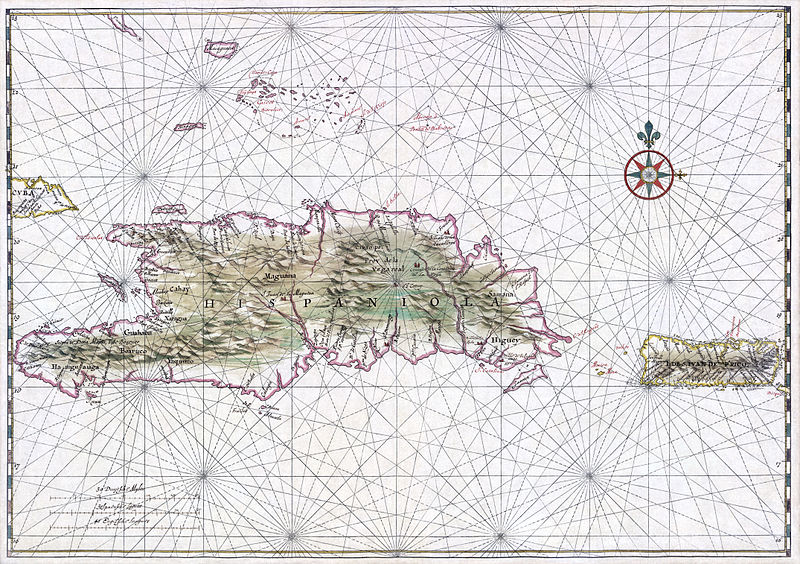

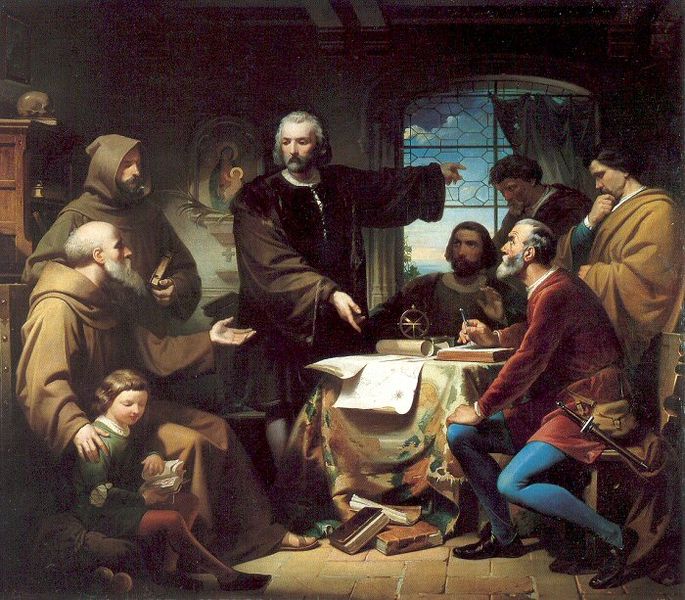
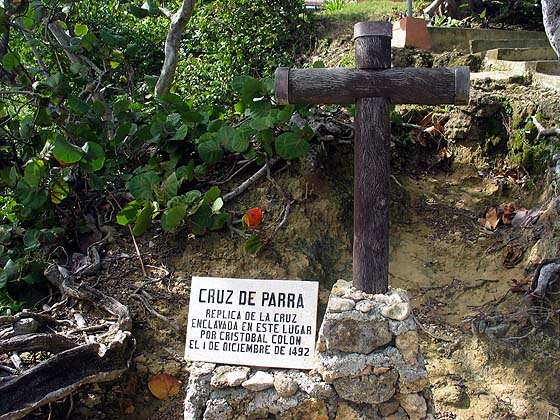
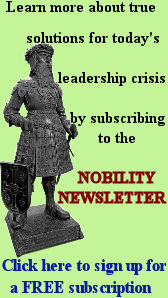
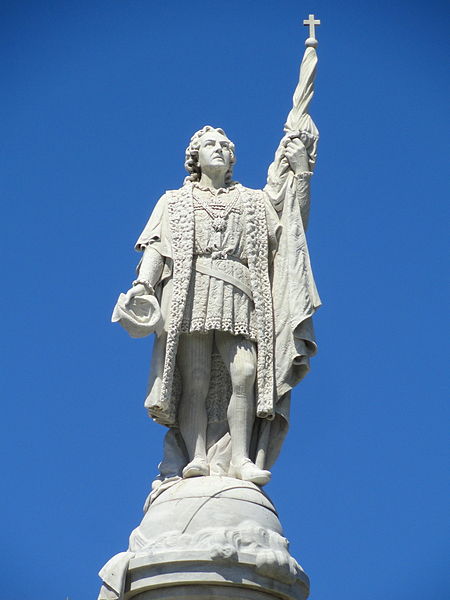

No comments:
Post a Comment